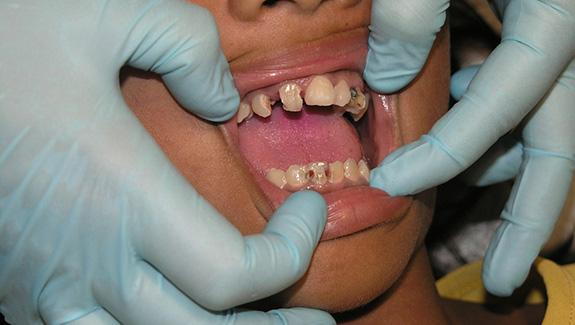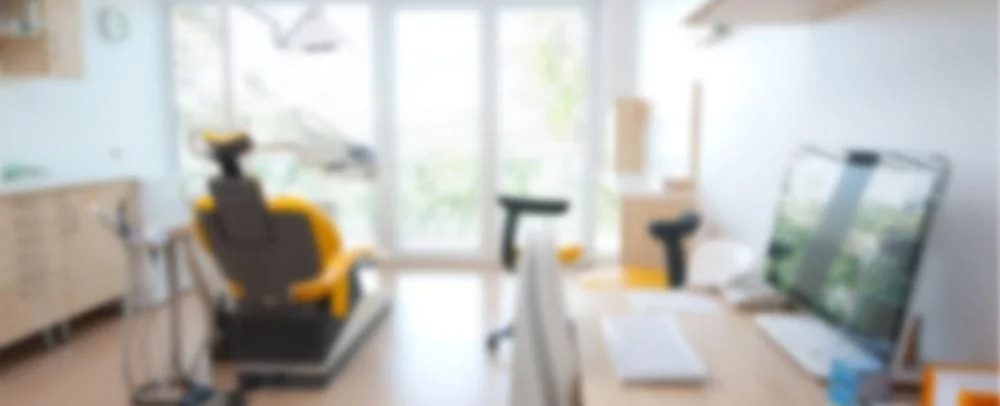
Our mouths are full of bacteria. Hundreds of different types live on our teeth, gums, tongue and other places in our mouths. Some bacteria are helpful. But some can be harmful such as those that play a role in the tooth decay process.
Tooth decay is the result of an infection with certain types of bacteria that use sugars in food to make acids. Over time, these acids can make a cavity in the tooth.
On our teeth there is dental plaque—a sticky, colorless film of bacteria—plus foods and drinks that contain sugar or starch (such as milk, bread, cookies, candy, soda, juice, and many others). Whenever we eat or drink something that contains sugar or starch, the bacteria use them to produce acids. These acids begin to eat away at the tooth’s hard outer surface, or enamel.
On the other are the minerals in our saliva (such as calcium and phosphate) plus fluoride from toothpaste, water, and other sources. This team helps enamel repair itself by replacing minerals lost during an “acid attack.”
Our teeth go through this natural process of losing minerals and regaining minerals all day long.
When a tooth is exposed to acid frequently — for example, if you eat or drink often, especially foods or drinks containing sugar and starches — the repeated cycles of acid attacks cause the enamel to continue to lose minerals. A white spot may appear where minerals have been lost. This is a sign of early decay. Tooth decay can be stopped or reversed at this point. Enamel can repair itself by using minerals from saliva, and fluoride from toothpaste or other sources.
But if the tooth decay process continues, more minerals are lost. Over time, the enamel is weakened and destroyed, forming a cavity. A cavity is permanent damage that a dentist has to repair with a filling.
Dental sealants are another good way to help avoid a cavity. Sealants are thin, plastic coatings painted onto the chewing surfaces of the back teeth, or molars. Here’s why sealants are helpful: The chewing surfaces of back teeth are rough and uneven because they have small pits and grooves. Food and bacteria can get stuck in the pits and grooves and stay there a long time because toothbrush bristles can’t easily brush them away. Sealants cover these surfaces and form a barrier that protects teeth and prevents food and bacteria from getting trapped there.
Since most cavities in children and adolescents develop in the molars (the back teeth), it’s best to get these teeth sealed as soon as they come in:
- The first permanent molars — called “6 year molars” — come in between the ages of 5 and 7.
- The second permanent molars — “12 year molars” — come in when a child is between 11 and 14 years old.
Take your child to the dentist for regular check-ups
Visit a dentist regularly for cleanings and an examination. During the visit the dentist or hygienist will:
- Remove dental plaque
- Check for any areas of early tooth decay
- Show you and your child how to thoroughly clean the teeth
- Apply a fluoride gel or varnish, if necessary
- Schedule your next regular check-up.
https://plus.google.com/101649060712681915175
Cosmetic Dental Texas
2101 Crawford St, Suite 103
Houston, TX 77002
(832) 304-2447
https://cosmeticdentaltexas.com

